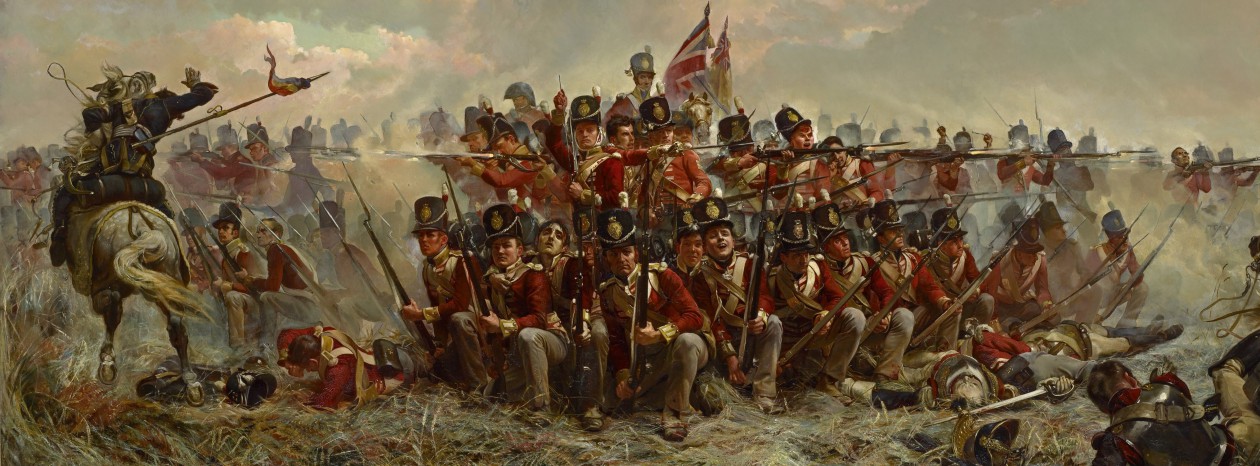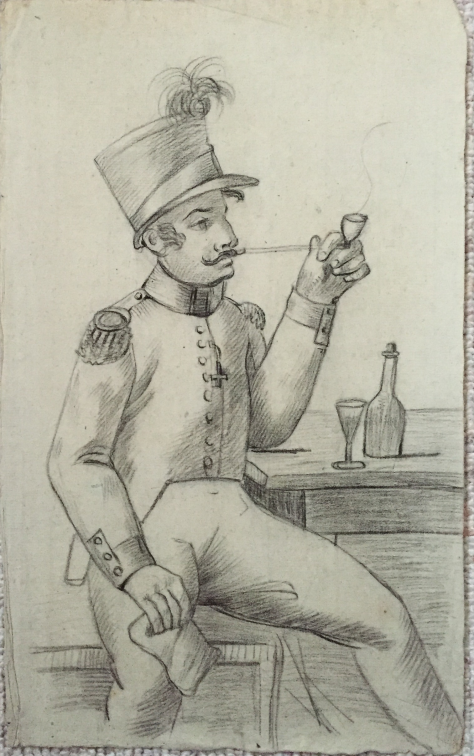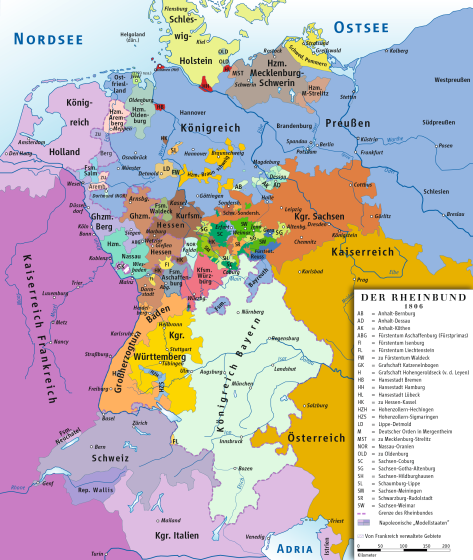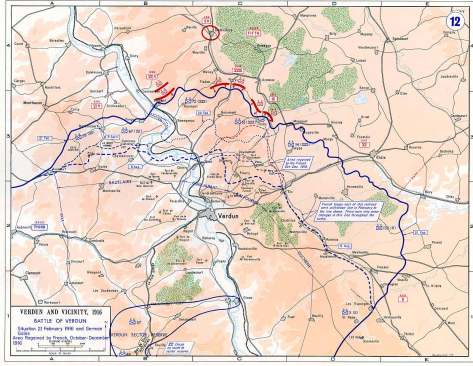My personal life has been put upside down since last year and this had, and has, a major impact on what I do and can do. I will not bore you all with my personal details but will tell you a little about what I’ve been doing on the Military Historical matter.
VON MOLTKE
My website is online, www.vonmoltke.nl, it’s not much yet but it’s something. I’ve put an agenda there but unfortunately I was not able to attend any of the mentioned events due to personal reasons. I hope for better after the summer of this year.
Besides the website I’ve opened an online bookstore at www.boekwinkeltjes.nl. Please have a look at my books, maybe there’s something you’ll like. Of course, what is being presented there is only a part of my collection and I will be adding new titles in the next few months.
I hope to be able to do more for this book fling of mine in the second half of this year.
Hobby
Speaking of books, I started to read again and add some books to my personal collections. I’ve ordered Kissinger’s Diplomacy, that’s a lot of pages to read, so I’m saving that one for later. Currently I’m reading a Dutch translation of Napoleon by Wheeler. An old book but a good read into the personal life of Old Boney.
And… I’ve finally started informing myself about picking up my oldest hobby: miniature figures and wargaming. I started in the 80’s, stopped in the 90’s. Back then it was all about 1:72 Napoleonics with rules I developed myself and I only played solo or with one particular friend. Now, I realize there is very much more to it if I really want to start this hobby. If I want to do wargaming I need to know if there is a club nearby and this will have it’s impact on which rules, what size of figures, which period and even which army. My local club for instance plays 28mm and they said it’s best to do Brunswick if I really want to play Napoleonics because no-one else has Brunswick yet. There is much more to it than I initially thought. On the other hand, if I really want to start painting figures and the rest doesn’t really matter: I have a few thousand of my old plastic fellows stored, maybe I should pay them tribute to start with them.
Translating Waterloo sources
In the meanwhile I’m also translating Dutch primary sources about the Battle of Waterloo from Dutch to English. This is part of a project by Gareth Glover (author of over 40 books), who already has collected a lot of sources and turned them into books, The Waterloo Archive. Please visit his website Gareth Glover Collection
It’s very interesting to do and it really brings me close to the battle itself. I love to read personal records.
The idea of the project is to create books with sources to make them easily accessible for researchers, saving them time and money to travel through Europe for their primary sources research.
Since my time and energy are limited, I’m happy Mr. Glover puts no pressure on this project and I can work on it whenever suits me best.
This blog
Then we have, of course, this blog. I had no time. No time at all to spend on this. I have some draft posts waiting for completion, but it takes a lot of time and energy to complete these. I lack both. Maybe I’m asking to much from myself regarding the type of posts I want to publish. I want to create a source of information on Military History 1789 – 1919 but I also try not to become a second Wikipedia and want my articles to add something. But maybe I shouldn’t be to strict on myself and just write whatever I want. We’ll see, hopefully I can pick up the pen again soon.







